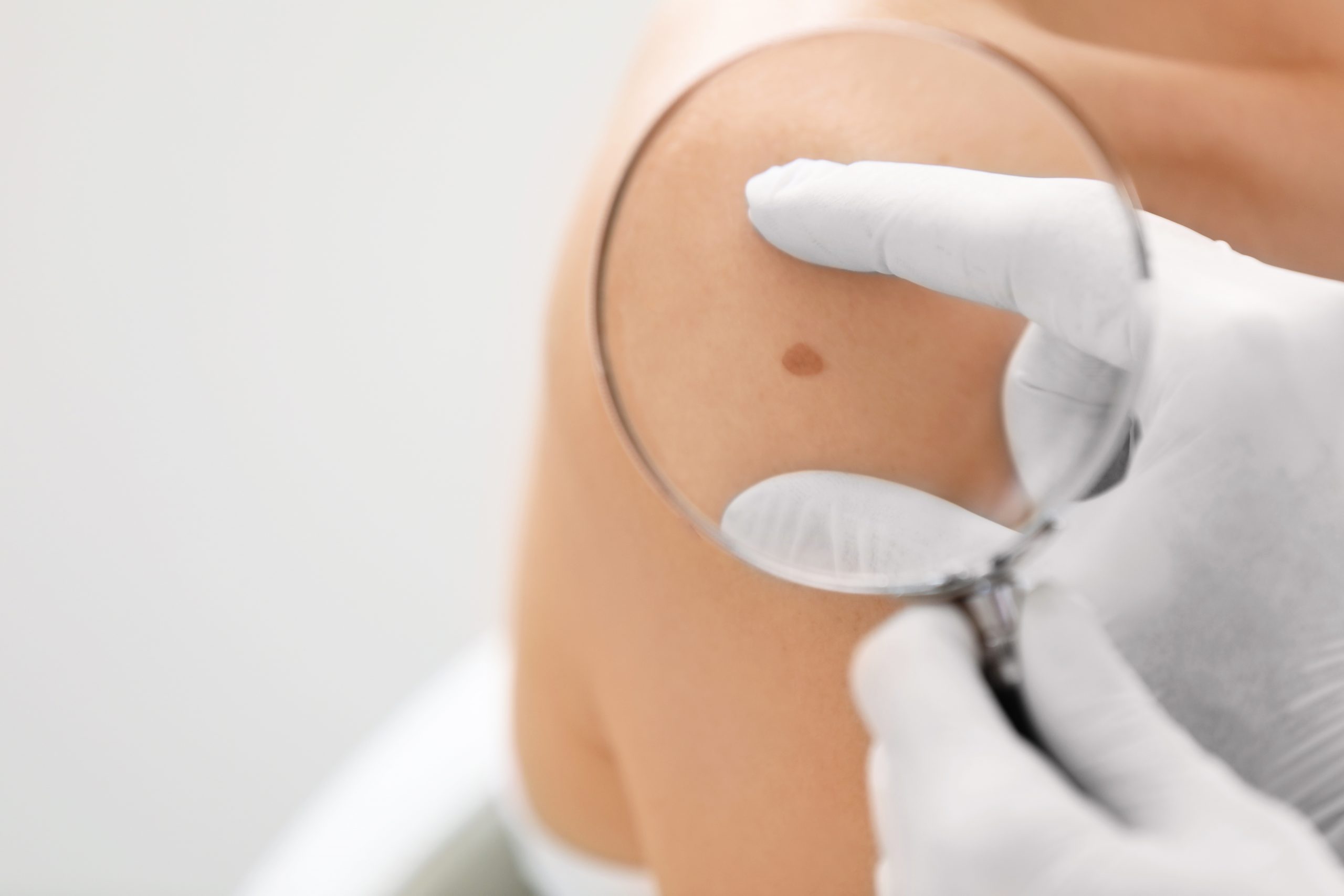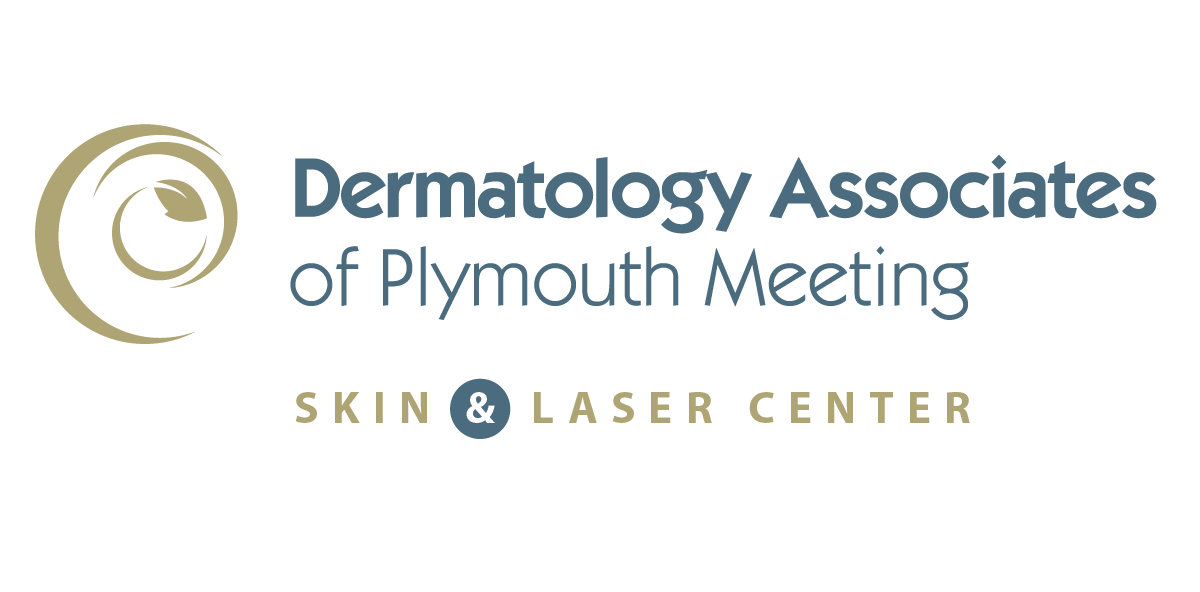Conditions
Atypical Moles
There’s nothing abnormal about having moles. In fact, most people have 10 to 40 moles on their bodies. However, atypical moles — also called dysplastic nevi — may signal a heightened risk for skin cancer and must be watched closely.
What Are Atypical Moles?

Most moles never cause problems; some may even fade over time. Other moles, however, are a bit larger than usual or take on an odd shape. These atypical moles aren’t necessarily problematic, but they’re worth your attention because those with atypical moles are more likely to develop the most dangerous type of skin cancer: melanoma.
Atypical moles can occur anywhere, so it’s important to keep tabs on your entire body. At Dermatology Associates of Plymouth Meeting, our board-certified dermatologists and licensed physician assistants routinely perform annual skin cancer exams to help our patients maintain optimum skin health.
Call our office at 610-828-0400 for a skin consultation.
What Causes Atypical Moles?
The precise origin of atypical moles is unknown. Some individuals are more prone to these types of moles (and moles in general) due to genetic and environmental factors (prolonged sun exposure, especially). Around 1 in 10 people will have at least one atypical mole during their lives.
Melanoma Risk Factors
Melanoma is one of the least common but at the same time, one of the most severe forms of skin cancer. It begins when a pigment cell (skin cells found in the upper layer of the skin that gives us color and protects our inside cells from UV radiation) mutates and undergoes uncontrolled cellular growth. Ultraviolet (UV) radiation, whether from sunlight or tanning beds, is the primary cause of this DNA damage.
Atypical moles are not cancerous in and of themselves, but they can develop into melanoma under certain circumstances. If you have atypical moles and other common melanoma risk factors, you must take special precautions with your skin. Melanoma risk factors include having:
- Fair skin, light eyes or light hair
- Freckles or many moles (more than 40)
- A personal family history of melanoma or nonmelanoma skin cancer
- Photosensitivity
- An inability to tan
- Repeated and intermittent sunburns
How To Spot an Atypical Mole
When searching for atypical moles on your skin, use the “ABCDE” method — the first five letters of the alphabet correspond the first letter of a warning sign for atypical moles and melanoma. A is for Asymmetry, B is for Border, C is for Color, D is for Diameter and E is for Evolving (or changing).
Asymmetry
Normal moles should maintain a relatively uniform round shape so that if you were to draw a line down the middle of them, they would mirror each other on either side. Atypical moles often have an irregular shape.
Border
If a mole isn’t clearly defined at the border (i.e., its edges are blurry, notched or scalloped), it could suggest melanoma.
Color
Moles may vary in color, but most are a singular shade of brown, tan or black. If a particular mole features multiple colors (such as red, white or blue), you’ll want to have it looked at professionally.
Diameter
Moles also vary in size, and even melanomas can be small. That said, most melanomas are larger than a standard pencil eraser. If a mole is around this size or larger, have it examined as soon as possible.
Evolving
If any of your moles change in shape, size or color over time, this could be a warning sign for melanoma. Additionally, pay attention to whether a mole starts to itch, hurt, bleed or crust over.
How To Prevent Skin Cancer
While most forms of skin cancer are treatable, early detection and ongoing prevention methods are key to keeping your skin and overall health in check. Attending regular skin cancer screenings is the best way to keep tabs on your moles, particularly if you have risk factors.
The board-certified dermatologists and licensed physician assistants at Dermatology Associates of Plymouth Meeting offer annual skin cancer checkups to protect our patients against melanoma and other forms of skin cancer.
You can also do small things to protect your skin from harmful UV rays, such as wearing sunscreen every day and steering clear of tanning beds.
Treatment Options for Atypical Moles
If an atypical mole is benign, no intervention is required. However, if you have one or more atypical moles, frequent monitoring is crucial to ensure that any sign of melanoma is detected and treated as early as possible.
If your dermatologist identifies a mole as suspicious, or new moles appear after age 40, you may need a biopsy (removing tissue from the mole for further testing). We also have ways to evaluate moles without surgically removing them. If however there is significant concern, the mole may need to be surgically removed to ensure it does not grow back.
If you have one or more atypical moles, or if you notice any of the “ABCDE” melanoma warning signs outlined above, see a dermatologist at Dermatology Associates of Plymouth Meeting. Call us at 610-828-0400 to set an appointment.
